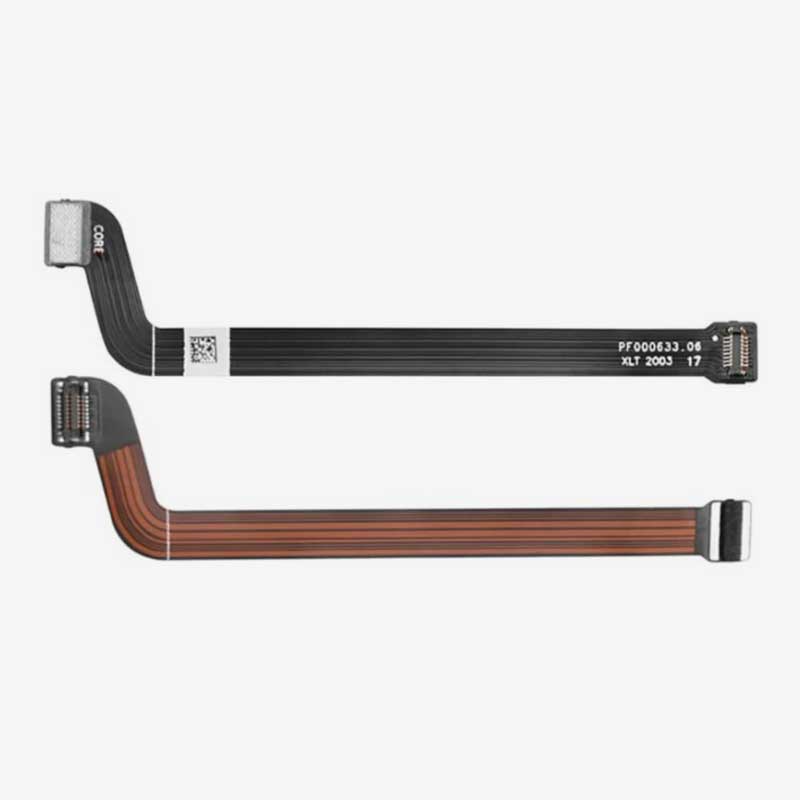

DJI Air 2S Gimbal Flex Cable
₹2,499.00 Original price was: ₹2,499.00.₹2,249.00Current price is: ₹2,249.00. inc. Gst
- Drone Compatibility – Specially designed for DJI Air 2S
- Component Type – Gimbal flex ribbon cable
- Function – Connects camera gimbal to main control board
- Flexibility – High-flex, bend-resistant design
- Pins & Ports – Multiple precision connectors attached
- Length – Custom length to fit the gimbal path
- Material – Flexible plastic film with copper traces
- Color – Standard black ribbon with gold contacts
- Installation – Requires gimbal disassembly
- Usage – Fixes gimbal signal or image issues
Need Help? Chat with an Expert
- 9891098328
Free Shipping & Returns
Assured Quality
Online Support 24/7
Secure Payment
- Description
- Specification
- Reviews (0)
Description
DJI Air 2S Gimbal Flex Cable
Is your DJI Air 2S gimbal shaking like it’s had too much coffee? Or maybe your camera has stopped responding entirely, acting like it’s on strike? Don’t worry—the problem isn’t spiritual, it’s just physical. Meet the DJI Air 2S Gimbal Flex Cable, the unsung hero that connects your drone’s brain to its camera and gimbal system. It might look like a simple ribbon, but without it, your footage is stuck in “malfunction mode.” Replace that damaged cable and bring back smooth footage, stable flight, and happy landings.
Key Features of DJI Air 2S Gimbal Flex Cable
1. Genuine DJI Replacement Cable
This isn’t a random piece of ribbon you pulled out of an old printer. It’s an official, original DJI-manufactured Gimbal Flex Cable, specifically designed for the DJI Air 2S. That means perfect fit, reliable performance, and zero compatibility drama. When you’re dealing with drone internals, there’s no room for error or counterfeit disasters. This cable is exactly what your drone needs to talk to its camera without awkward silences or glitchy outbursts.
2. Vital Connection for Gimbal and Camera
This flex cable is the actual lifeline between your drone’s main board and the camera/gimbal assembly. It carries power, data, and all those complicated little flight commands that keep your footage stable and cinematic. If your gimbal has stopped moving or your camera feed is frozen, this cable is most likely the culprit. Replacing it can instantly restore your drone’s ability to tilt, pan, and record in smooth, glorious 5.4K—not just stare into space like it’s contemplating life.
3. Precision Engineered for Air 2S
Designed specifically for the DJI Air 2S, this flex cable has all the right bends, connectors, and length to sit snugly inside your drone. You won’t need to stretch it, fold it the wrong way, or make up your own routing strategy. It’s made to fit like it was always there—because it was. So once you slot it into place, everything just clicks back into action like it never left.
4. Lightweight Yet Durable Build
Don’t let its delicate look fool you—this cable is tougher than it seems. Built with high-quality conductive materials and insulated layers, it’s flexible enough to survive the gimbal’s constant movements but strong enough to avoid early wear and tear. It’s light as a feather, won’t mess with your drone’s weight balance, and is engineered to handle those minor shocks and vibrations that come with real-world flying.
5. Ideal for Repairs After Crashes or Gimbal Errors
Gimbal acting up after a rough landing or unexpected tree hug? Chances are, this cable took a hit. Whether you’re dealing with complete gimbal failure or just intermittent camera feed issues, replacing the gimbal flex cable is often the quickest and most cost-effective fix. It’s a small part that solves big problems—like restoring your drone’s ability to actually film what it’s flying over.
How to Clean the Gimbal Flex Cable
-
Blow Away the Dust First – Begin by gently blowing off loose dust using a can of compressed air or a camera air blower. The flex cable loves collecting invisible dirt between folds.
-
Use an Antistatic Brush – Gently brush the surface of the cable and connectors with an antistatic brush to remove micro-dust. Avoid scrubbing it like you’re cleaning your shoes.
-
Wipe Only the Ends – If needed, wipe the contact ends of the cable using a soft microfiber cloth or lens wipe. Don’t clean the full cable with liquid—it doesn’t enjoy spa treatments.
-
Don’t Tug or Twist – While cleaning, keep the cable flat and avoid bending it more than necessary. One wrong twist and your camera’s brain might lose signal.
-
Let It Sit Before Use – If you’ve cleaned with any moisture-based wipe, let it fully air dry before reconnecting. Flex cables and moisture are not exactly best friends.
How to Take Care of the Gimbal Flex Cable
-
Install It with Patience – Always handle the flex cable slowly and carefully while installing. Rushing through the process is the quickest way to rip it and ruin your day.
-
Avoid Sharp Bends – The flex cable hates yoga. Don’t bend it at extreme angles or fold it tightly, as this can break the internal wiring.
-
Keep It Dust-Free – Even if you’re not flying, dust can creep into connectors. Store the drone in a clean, dry case to keep your flex cable happy and functional.
-
Secure It Properly – Make sure it’s tucked in its designated pathway and not hanging loosely. A dangling cable is just one gust of wind away from trouble.
-
Don’t Force the Connectors – Align and press gently during installation. Flex cables are not wrestlers—they don’t do well under pressure.
Dos & Don’ts
Do’s
✔ Handle the cable by the edges, not the center
✔ Clean connectors gently with soft tools
✔ Store your drone in a dry, clean place
✔ Double-check orientation during installation
✔ Replace with original or high-quality parts
Don’ts
✖ Don’t bend the cable too much during use
✖ Don’t pull or tug to disconnect—it should slide gently
✖ Don’t clean it with water or alcohol-soaked cloths
✖ Don’t ignore signal errors during gimbal operation
✖ Don’t touch the contacts with oily fingers
Safety Tips
-
Disconnect Power First – Always make sure the battery is removed before handling or replacing the gimbal cable. A live wire and tiny cable is not a good combo.
-
Watch for Kinks – After installation, inspect the cable for sharp bends or creases. If it’s crumpled anywhere, it may not last long in flight.
-
Test Before You Fly – After installation, test gimbal rotation and camera feed while the drone is still on the ground. Better safe than crash-landed.
-
Keep It Static-Free – Handle it in a static-free area or use an antistatic wristband. One tiny zap can mess up the signal path.
-
Avoid DIY Repairs If Unsure – If you’re not confident, don’t gamble. Let a technician install or replace the cable properly—it’s cheaper than a broken gimbal.
Installation Note
Installing this cable is not rocket science, but it does involve opening your drone and carefully routing a very thin, very bendy piece of tech through a very tight space. If you’re not comfortable with micro-connectors, screws, and tweezers, it’s best to hand this task over to a repair expert. One wrong bend or forced connection can mean more problems than solutions. Proceed with care—or call in the pros.
Final Takeoff
Don’t let a tiny cable keep your drone grounded or your camera frozen. The DJI Air 2S Gimbal Flex Cable is the perfect replacement to restore full communication between your flight controller and camera system. It’s small, lightweight, and essential—just like your drone’s ability to actually film stuff.
Order now and reconnect your DJI Air 2S with the gimbal life it was born to live—smooth, stable, and cinematic!
Specifications Of DJI Air 2S Gimbal Flex Cable
| Category | Specifications |
|---|---|
| General | |
| Product Name | DJI Air 2S Gimbal Flex Cable |
| Compatibility | DJI Air 2S Drone |
| Product Type | Gimbal signal transmission flex ribbon cable |
| Application | Links gimbal camera to the flight controller and video system |
| Design & Material | |
| Cable Type | Multi-layer flat flexible cable (FFC/FPC) |
| Material | Polyimide substrate with embedded copper traces |
| Color | Black ribbon with exposed gold terminals |
| Length | Precisely designed to fit internal gimbal structure |
| Flexibility | High bend-tolerance, wear-resistant |
| Connectors | |
| Connector Type | Pre-attached mini sockets/plugs for internal ports |
| Number of Pins | Multiple, based on gimbal transmission requirements |
| Attachment Method | Plug-and-play, requires internal placement |
| Installation | |
| Required Tools | Precision screwdriver set, tweezers, plastic spudger |
| Skill Level Required | Intermediate to advanced (gimbal disassembly needed) |
| Installation Area | Runs through the gimbal’s rotation axis and arm |
| Functionality | |
| Main Function | Transfers power, control, and video signals to and from gimbal |
| Common Usage | Fixes non-functional gimbal or video feed errors |
| Additional Info | |
| OEM Component | Yes, official DJI spare part |
| Package Includes | 1 × Gimbal Flex Cable for DJI Air 2S |
Be the first to review “DJI Air 2S Gimbal Flex Cable” Cancel reply
Overview
DJI Air 2S Gimbal Flex Cable
Is your DJI Air 2S gimbal shaking like it’s had too much coffee? Or maybe your camera has stopped responding entirely, acting like it’s on strike? Don’t worry—the problem isn’t spiritual, it’s just physical. Meet the DJI Air 2S Gimbal Flex Cable, the unsung hero that connects your drone’s brain to its camera and gimbal system. It might look like a simple ribbon, but without it, your footage is stuck in “malfunction mode.” Replace that damaged cable and bring back smooth footage, stable flight, and happy landings.
Key Features of DJI Air 2S Gimbal Flex Cable
1. Genuine DJI Replacement Cable
This isn’t a random piece of ribbon you pulled out of an old printer. It’s an official, original DJI-manufactured Gimbal Flex Cable, specifically designed for the DJI Air 2S. That means perfect fit, reliable performance, and zero compatibility drama. When you’re dealing with drone internals, there’s no room for error or counterfeit disasters. This cable is exactly what your drone needs to talk to its camera without awkward silences or glitchy outbursts.
2. Vital Connection for Gimbal and Camera
This flex cable is the actual lifeline between your drone’s main board and the camera/gimbal assembly. It carries power, data, and all those complicated little flight commands that keep your footage stable and cinematic. If your gimbal has stopped moving or your camera feed is frozen, this cable is most likely the culprit. Replacing it can instantly restore your drone’s ability to tilt, pan, and record in smooth, glorious 5.4K—not just stare into space like it’s contemplating life.
3. Precision Engineered for Air 2S
Designed specifically for the DJI Air 2S, this flex cable has all the right bends, connectors, and length to sit snugly inside your drone. You won’t need to stretch it, fold it the wrong way, or make up your own routing strategy. It’s made to fit like it was always there—because it was. So once you slot it into place, everything just clicks back into action like it never left.
4. Lightweight Yet Durable Build
Don’t let its delicate look fool you—this cable is tougher than it seems. Built with high-quality conductive materials and insulated layers, it’s flexible enough to survive the gimbal’s constant movements but strong enough to avoid early wear and tear. It’s light as a feather, won’t mess with your drone’s weight balance, and is engineered to handle those minor shocks and vibrations that come with real-world flying.
5. Ideal for Repairs After Crashes or Gimbal Errors
Gimbal acting up after a rough landing or unexpected tree hug? Chances are, this cable took a hit. Whether you’re dealing with complete gimbal failure or just intermittent camera feed issues, replacing the gimbal flex cable is often the quickest and most cost-effective fix. It’s a small part that solves big problems—like restoring your drone’s ability to actually film what it’s flying over.
How to Clean the Gimbal Flex Cable
-
Blow Away the Dust First – Begin by gently blowing off loose dust using a can of compressed air or a camera air blower. The flex cable loves collecting invisible dirt between folds.
-
Use an Antistatic Brush – Gently brush the surface of the cable and connectors with an antistatic brush to remove micro-dust. Avoid scrubbing it like you’re cleaning your shoes.
-
Wipe Only the Ends – If needed, wipe the contact ends of the cable using a soft microfiber cloth or lens wipe. Don’t clean the full cable with liquid—it doesn’t enjoy spa treatments.
-
Don’t Tug or Twist – While cleaning, keep the cable flat and avoid bending it more than necessary. One wrong twist and your camera’s brain might lose signal.
-
Let It Sit Before Use – If you’ve cleaned with any moisture-based wipe, let it fully air dry before reconnecting. Flex cables and moisture are not exactly best friends.
How to Take Care of the Gimbal Flex Cable
-
Install It with Patience – Always handle the flex cable slowly and carefully while installing. Rushing through the process is the quickest way to rip it and ruin your day.
-
Avoid Sharp Bends – The flex cable hates yoga. Don’t bend it at extreme angles or fold it tightly, as this can break the internal wiring.
-
Keep It Dust-Free – Even if you’re not flying, dust can creep into connectors. Store the drone in a clean, dry case to keep your flex cable happy and functional.
-
Secure It Properly – Make sure it’s tucked in its designated pathway and not hanging loosely. A dangling cable is just one gust of wind away from trouble.
-
Don’t Force the Connectors – Align and press gently during installation. Flex cables are not wrestlers—they don’t do well under pressure.
Dos & Don’ts
Do’s
✔ Handle the cable by the edges, not the center
✔ Clean connectors gently with soft tools
✔ Store your drone in a dry, clean place
✔ Double-check orientation during installation
✔ Replace with original or high-quality parts
Don’ts
✖ Don’t bend the cable too much during use
✖ Don’t pull or tug to disconnect—it should slide gently
✖ Don’t clean it with water or alcohol-soaked cloths
✖ Don’t ignore signal errors during gimbal operation
✖ Don’t touch the contacts with oily fingers
Safety Tips
-
Disconnect Power First – Always make sure the battery is removed before handling or replacing the gimbal cable. A live wire and tiny cable is not a good combo.
-
Watch for Kinks – After installation, inspect the cable for sharp bends or creases. If it’s crumpled anywhere, it may not last long in flight.
-
Test Before You Fly – After installation, test gimbal rotation and camera feed while the drone is still on the ground. Better safe than crash-landed.
-
Keep It Static-Free – Handle it in a static-free area or use an antistatic wristband. One tiny zap can mess up the signal path.
-
Avoid DIY Repairs If Unsure – If you’re not confident, don’t gamble. Let a technician install or replace the cable properly—it’s cheaper than a broken gimbal.
Installation Note
Installing this cable is not rocket science, but it does involve opening your drone and carefully routing a very thin, very bendy piece of tech through a very tight space. If you’re not comfortable with micro-connectors, screws, and tweezers, it’s best to hand this task over to a repair expert. One wrong bend or forced connection can mean more problems than solutions. Proceed with care—or call in the pros.
Final Takeoff
Don’t let a tiny cable keep your drone grounded or your camera frozen. The DJI Air 2S Gimbal Flex Cable is the perfect replacement to restore full communication between your flight controller and camera system. It’s small, lightweight, and essential—just like your drone’s ability to actually film stuff.
Order now and reconnect your DJI Air 2S with the gimbal life it was born to live—smooth, stable, and cinematic!
Details
| specifications |
|---|
Reviews
There are no reviews yet.






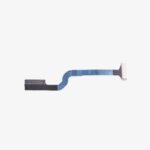

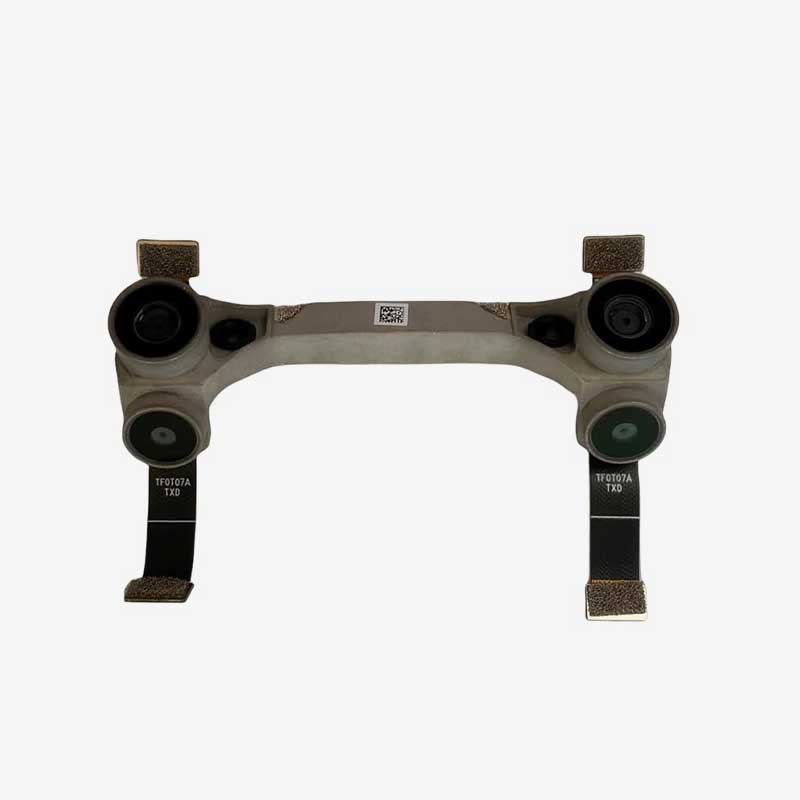
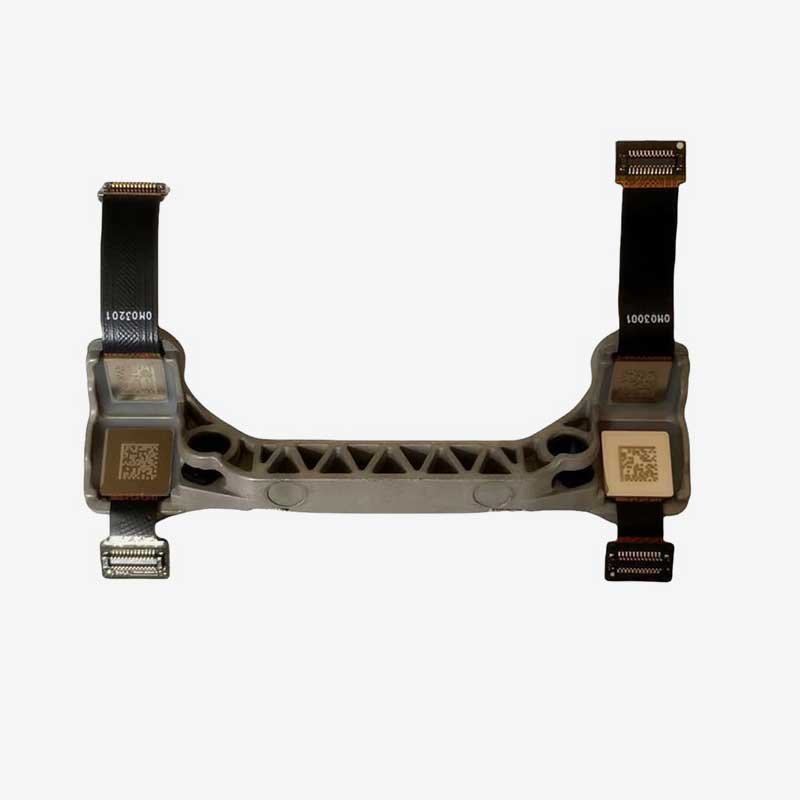
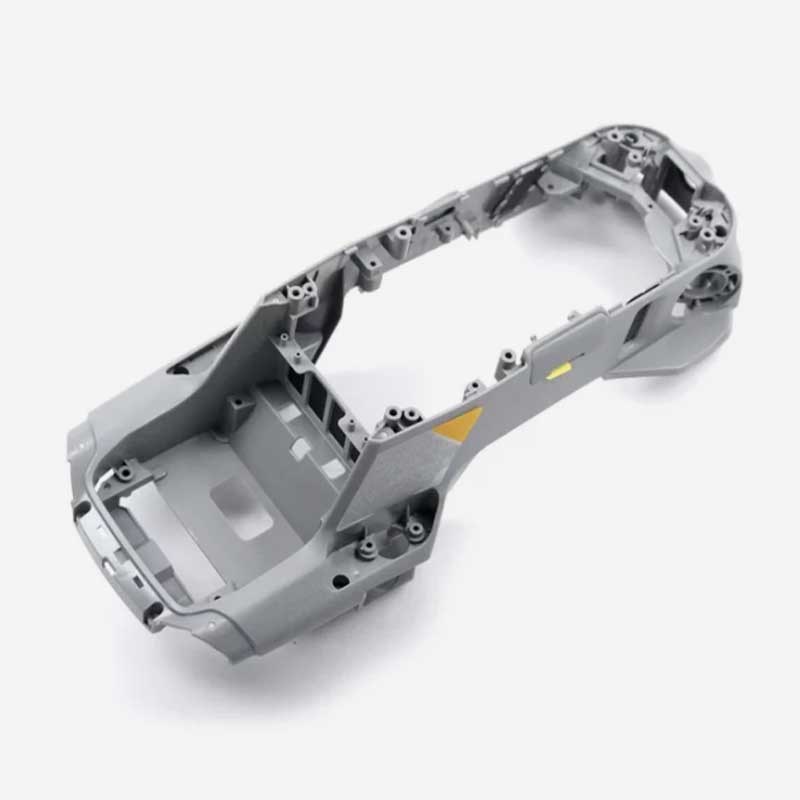
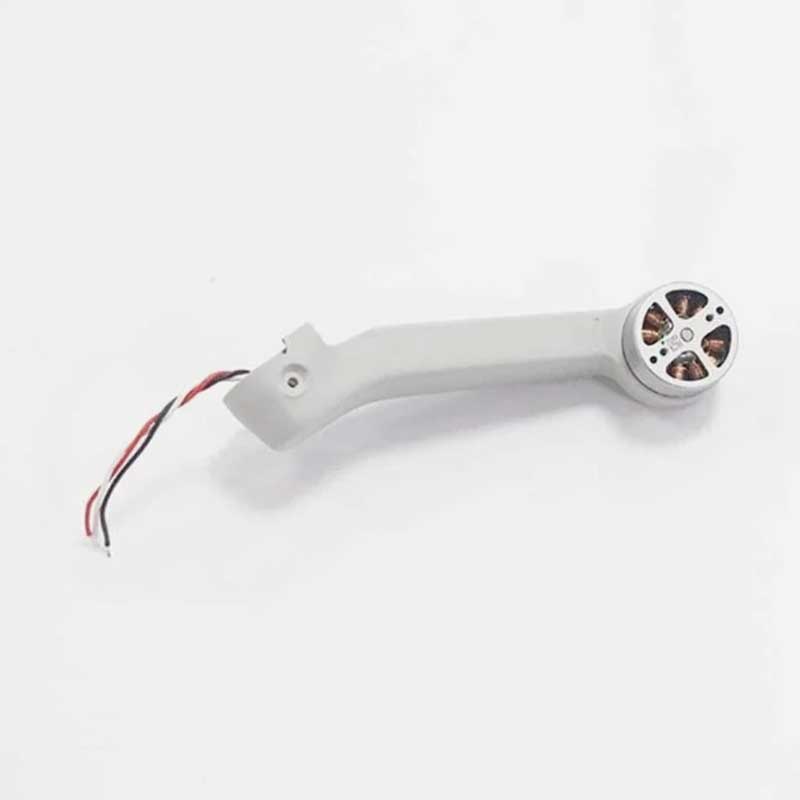



Reviews
There are no reviews yet.